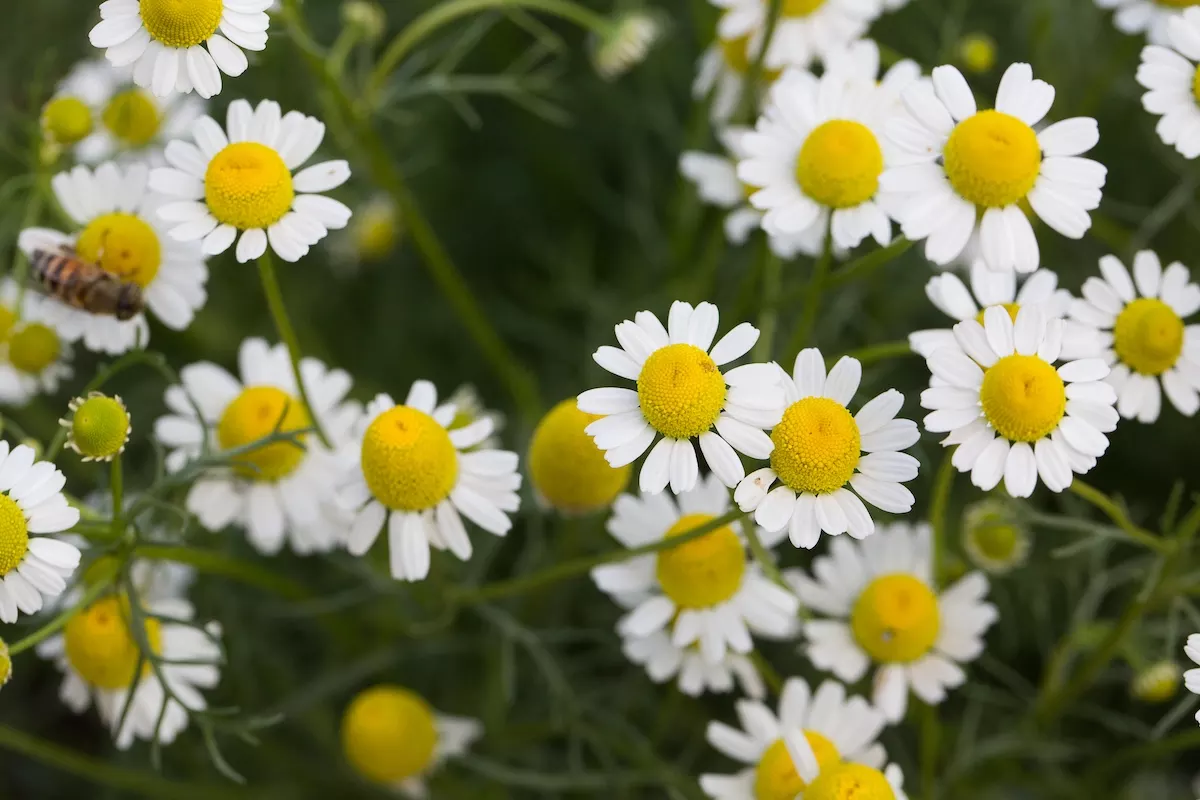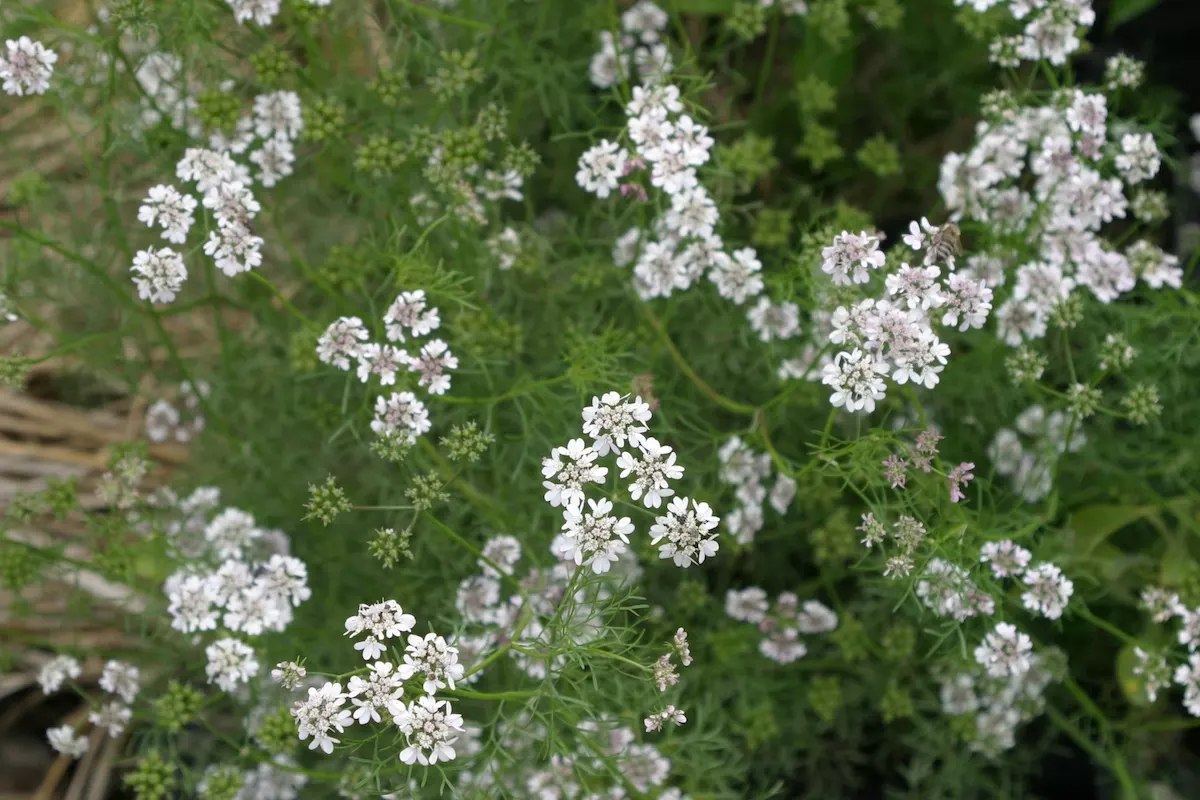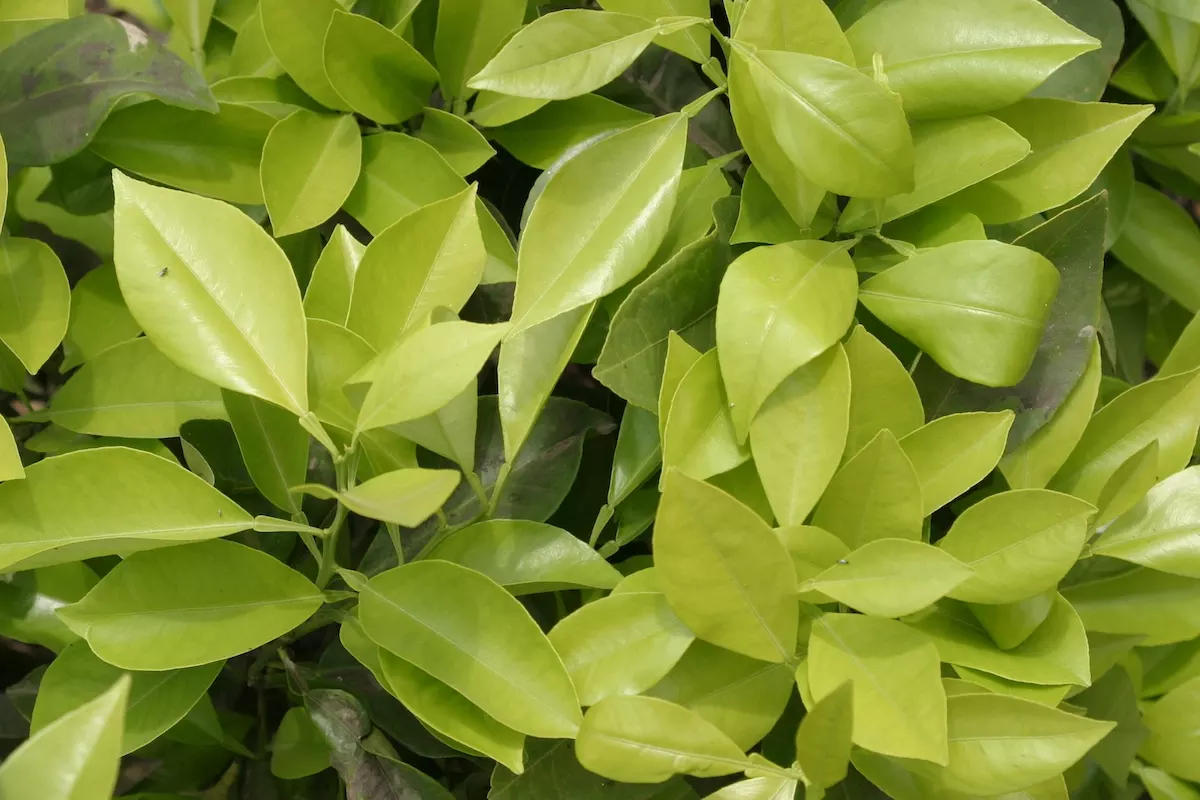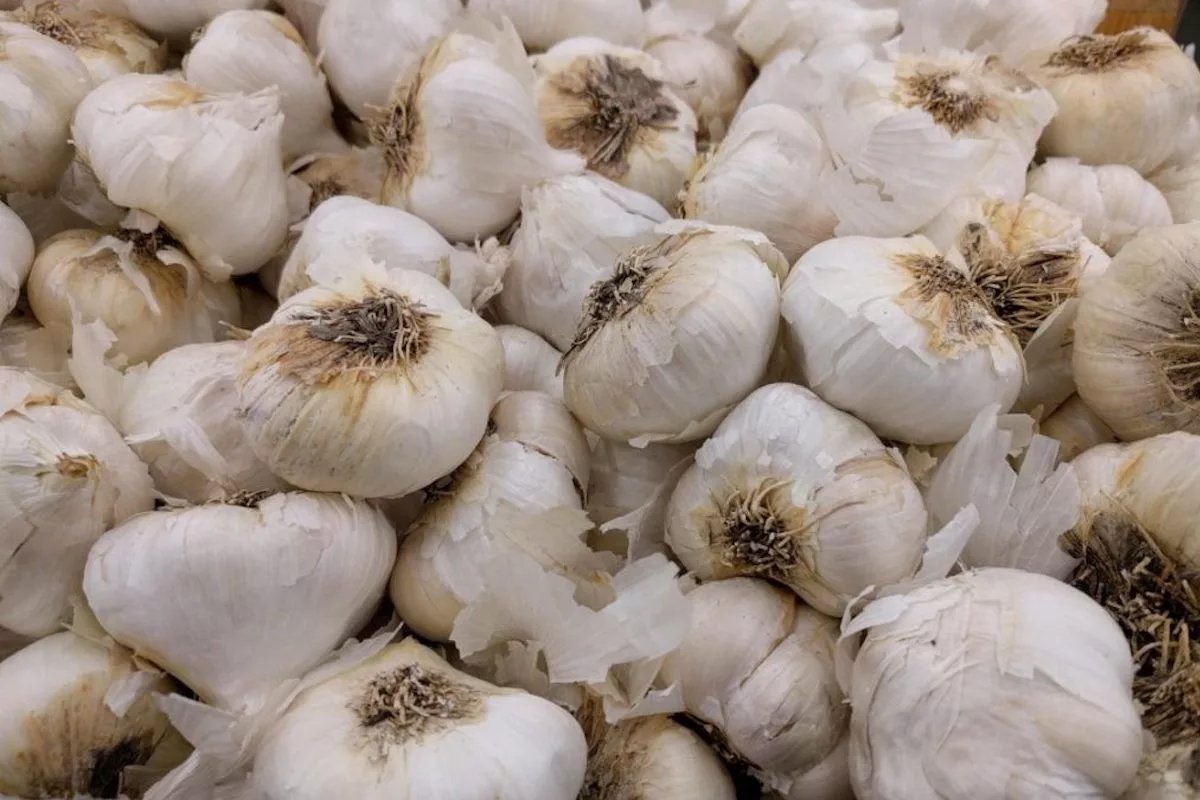
Violet Leaf concrete & absolute
February 1, 2021
Petitgrain Mandarin oil
January 7, 2021
Blue Chamomile oil

Production Method
By steam distillation of the dried florets to obtain the oil. AF&Co.’s bulk production is organized around the standard Egyptian quality with +/-3% Chamazulene content. However, we are also able to offer qualities with 5%, 10%, and 15% Chamazulene content (100% pure & natural). A hydrolate is available. A concrete and absolute are extracted (hexane) from the same raw material, either fresh or dried, offering two differing products.
Uses
In Perfumery, “Used in high-class perfumes to introduce a warm, rich undertone which lasts through all stages of evaporation . In Flavors, “Used as a flavoring agent in liqueurs (D.O.M. and Benedictine types). It blends well angelica root oil, Artemisia oils, calamus oil, etc. or with fruity flavor types (banana, peach, strawberry, etc.) It is also used in fine fragrances to introduce a rich, warm undertone (thanks to its herbaceous-coumarin-like with fresh-fruity facets) to compositions.” (Arctander, S., “Perfume and Flavor Materials of Natural Origin”, 1960). In Aromatherapy, The presence of Chamazulene makes it a very much sought oil for dermatological effects (anti-inflammatory) in cosmetics and pharmaceutical applications. In Latin, one of the meanings of matrix is womb; the name Matricaria was given to the genus because Matricaria chamomilla was widely used to treat such gynecologic complaints as menstrual cramps and sleep disorders related to premenstrual syndrome. The plant has been found to contain fairly strong antispasmodic and anti-inflammatory constituents and is particularly effective in treating stomach and intestinal cramps.
Botanical Origin & Historiography
Matricaria chamomilla is a member of the Asteraceae family, native to southern and eastern Europe. Today the plant can be found on all continents. Cultivated in Egypt since the pharaohs, real Blue Chamomile oil is not to be confused with Blue Tansy oil (Tanacetum annuum), neither with Wild Chamomile (Ormenis multicaulis), nor with Roman Chamomile (French or English types) (Anthemis nobilis syn. Chamaemelum nobile) ! The word chamomile comes from the Greek χαμαίμηλον (chamaimēlon) meaning "earth-apple", which is derived from χαμαί (chamai) meaning "on the ground" and μήλον (mēlon) meaning "apple". It is so called because of the apple-like scent of the plant.



